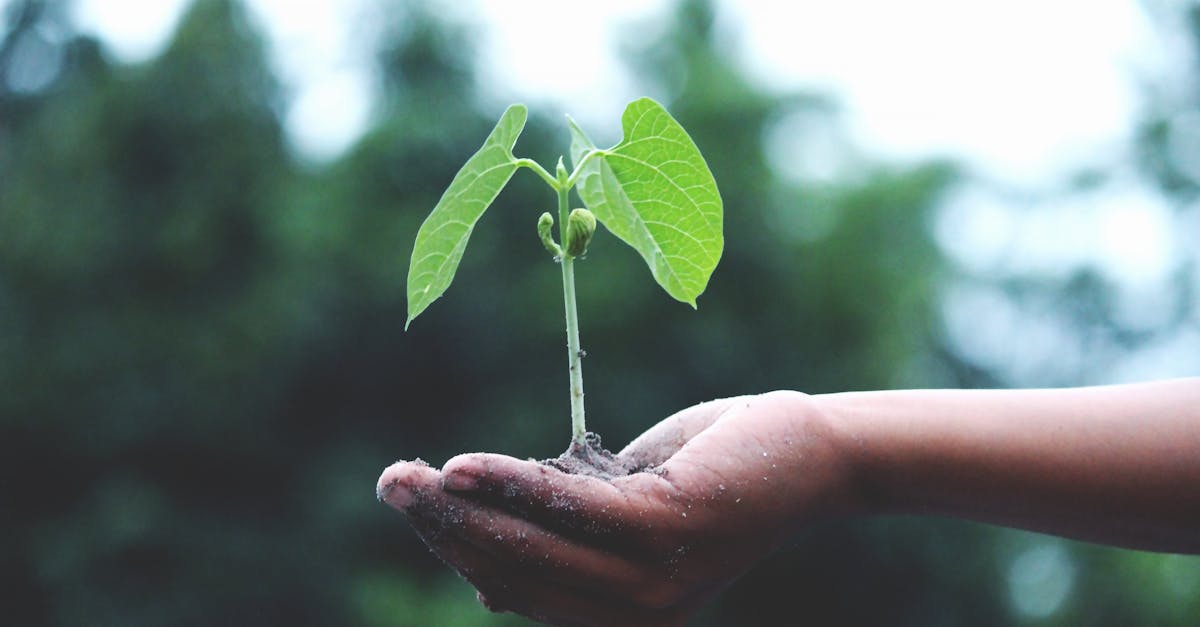Looking to cultivate your own vibrant palak garden? We’ve got you covered with important tips and tricks on how to grow palak successfully.
From seed selection to harvest, our full guide will walk you through each step of the process.
Figure out the secrets to nurturing healthy and flourishing palak plants in your own backyard.
Let’s jump into the world of palak cultivation and unlock the keys to a bountiful harvest.
Key Takeaways
- Select palak seeds suited to your climate and ensure they are fresh and high quality.
- Prepare well-draining, fertile soil with organic matter for successful palak cultivation.
- Plant palak seeds about 1/2 inch deep, 12 inches apart, in rows for optimal growth.
- Care for palak plants by providing consistent moisture, weeding, fertilizing, and monitoring pests and diseases.
- Harvest palak leaves regularly by picking outer leaves first and using sharp scissors for a continuous fresh supply.

Selecting the Right Palak Seeds
When selecting palak seeds, opt for varieties suited to your climate. Ensure the seeds are fresh and high quality. Look for reputable suppliers to guarantee healthy plants. After all, the right seeds are key to successful growth. For more information on selecting palak seeds, check out this helpful guide from The Spruce. Planting the right seeds sets the foundation for a thriving palak garden.
Preparing the Soil for Palak Cultivation
When preparing the soil, ensure it’s well-draining and rich in organic matter. Palak thrives in fertile soil with a slightly acidic to neutral pH level. Here are some steps to get your soil ready for planting:
- Clear the area: Remove any weeds and debris to prevent competition for nutrients.
- Loosen the soil: Dig the soil to a depth of 6-8 inches to improve aeration and root penetration.
- Add compost: Incorporate well-rotted compost to enhance soil fertility.
For more detailed instructions on soil preparation, you can visit Gardening Know How or The Spruce.

Planting Palak Seeds
When it’s time to plant palak seeds, we need to sow them about 1/2 inch deep in rows spaced around 12 inches apart. Make sure to water gently after planting. Palak plants prefer cool temperatures, so early spring or fall is ideal for sowing the seeds. For a continuous harvest, plant new seeds every two weeks. We can find more detailed planting instructions on credible sites like Gardening Know How or The Spruce.
Caring for Palak Plants
When it comes to Caring for Palak Plants, we need to after all a few key points to ensure healthy growth. Here are some important tips:
- Watering: Palak plants need consistent moisture, so water them regularly, especially during dry spells.
- Weeding: Keep the area around your palak plants weed-free to prevent competition for nutrients and water.
- Fertilizing: Feed your palak plants with a balanced fertilizer every few weeks to promote vigorous growth.
- Pests and Diseases: Keep an eye out for pests and diseases. Neem oil can help control common issues like aphids.
- Harvesting: Pick palak leaves regularly to encourage new growth and ensure a continuous supply.

Harvesting Fresh Palak
When it’s time to harvest our palak, we should aim to pick the outer leaves first, allowing the inner leaves to grow. Harvesting regularly encourages continuous leaf production, ensuring a fresh supply. Palak leaves are at their best when young and tender. We can use a sharp pair of scissors to cut the outer leaves, about an inch above the base of the plant. Harvesting in the morning, when the leaves are crisp and full of moisture, is ideal.
